Gopal Yonjan’s immortal songs
The iconic Nepali musician’s compositions capture unfulfilled promises and are anthems of this month’s youth uprisingAmong the songs GenZ protesters were chanting at the Mandala on 8 September was Amrit Gurung’s folk-rock rendition of the Panchayat-era patriotic song, रातो र चन्द्र-सुर्जे जङ्गी निशान हाम्रो.
But amidst waving double pennants that day in Kathmandu were strands of Gopal Yonjan singing बनेको छ पहराले and देशले रगत मागे. The irony is that the message of Nepali nationalism the musician was trying to convey 50 years ago with his lyrics carries a new resolute relevance in today's context:
I am a son of Nepal who will never kowtow to anyone.
You can behead me, but I will never bend the knee.
I can withstand fire, but will not stand injustice.
If the nation demands blood, I will sacrifice myself.
My mother will not weep, for she is the daughter of a Nepali.
This was pure patriotic poetry that only someone like Gopal Yonjan could write. They are inter-generational and immortal — speaking as much for the GenZ today, as it was for the early days of nation-building when they were recorded in vinyl and broadcast over Radio Nepal.
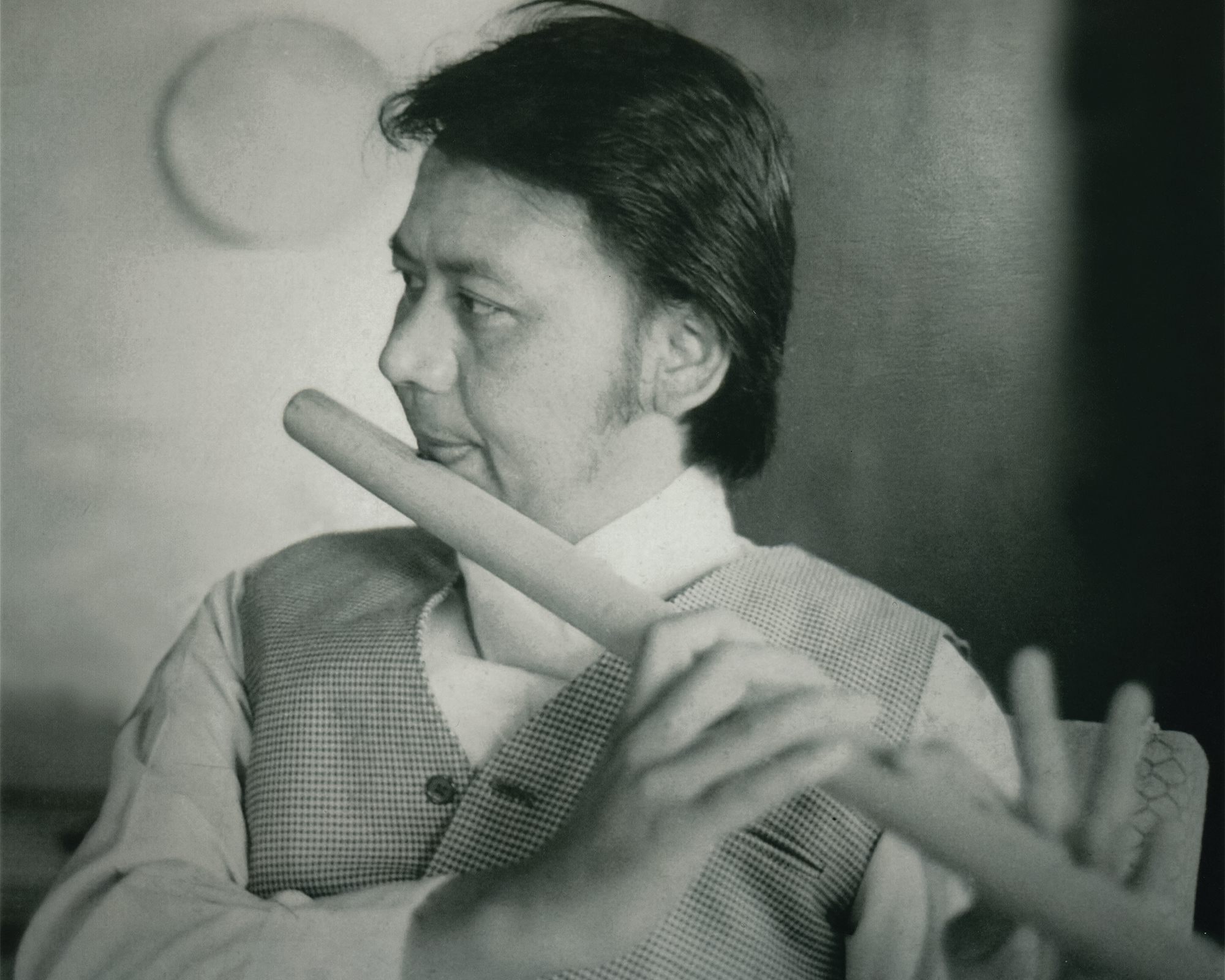
Those two songs together have over 20 million views on the Music Nepal YouTube channel, and many of the comments have been posted after the 9 September massacre and the raging conflagration at the epicentre of the Nepali state
They attest to the emotional depth of Nepali nationhood and love of motherland in every citizen of every generation no matter how dreadful the circumstances — and especially when the future looks fragile and uncertain.
The release of Gopal Yonjan: The Man & His Music by his wife Renchin could not have come at a more momentous time in Nepal’s history to celebrate this iconic legend of modern Nepali music. Yonjan would have been 82 today, and as a poet, lyricist, singer innovated and improvised using Nepal’s folk traditions to infuse modern arrangements, meld melody with harmony, and lend them words that made the songs eternal.
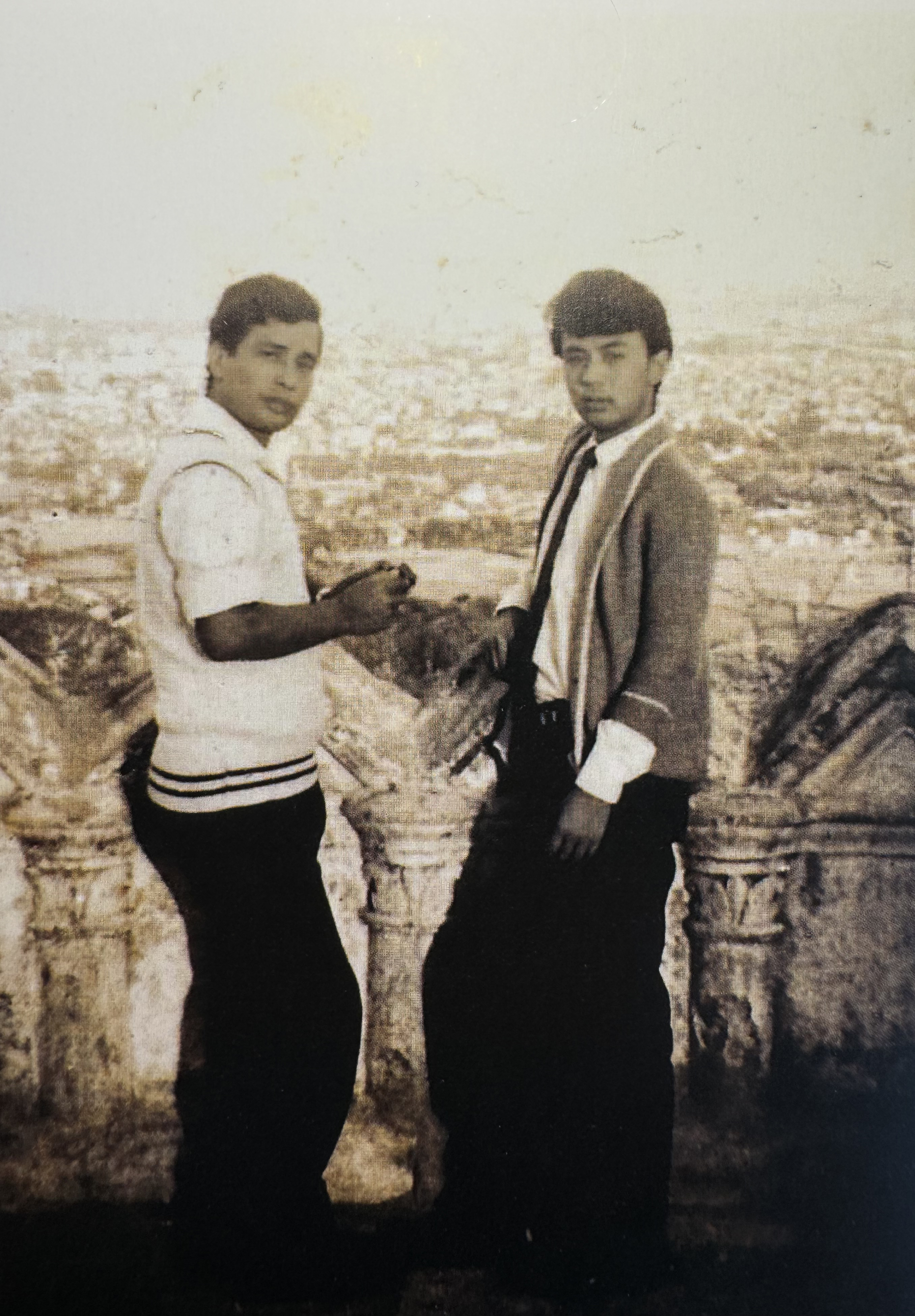
HOMECOMING
Renchin Yonjan brings us an intimate family album of historic photographs of Gopal growing up in school in Darjeeling, his arrival in Kathmandu and the decision to make Nepal his home. She quotes Gopal: ‘I was deeply moved by the very glimpse of Nepal. I was enchanted by the greenery of Kathmandu, the gentle nature of the people, their pure thoughts, and their hospitality … how wonderful it would be to spend my live in such a beautiful and serene place.’
It was a kind of homecoming for Gopal Yonjan, the land his ancestors left to migrate to British India. In Kathmandu he found kindred spirits and musicians as passionate about their craft as himself: Narayan Gopal, Nagendra Thapa, Ratna Shumsher Thapa, Shiva Shanker, Pushpa Nepali
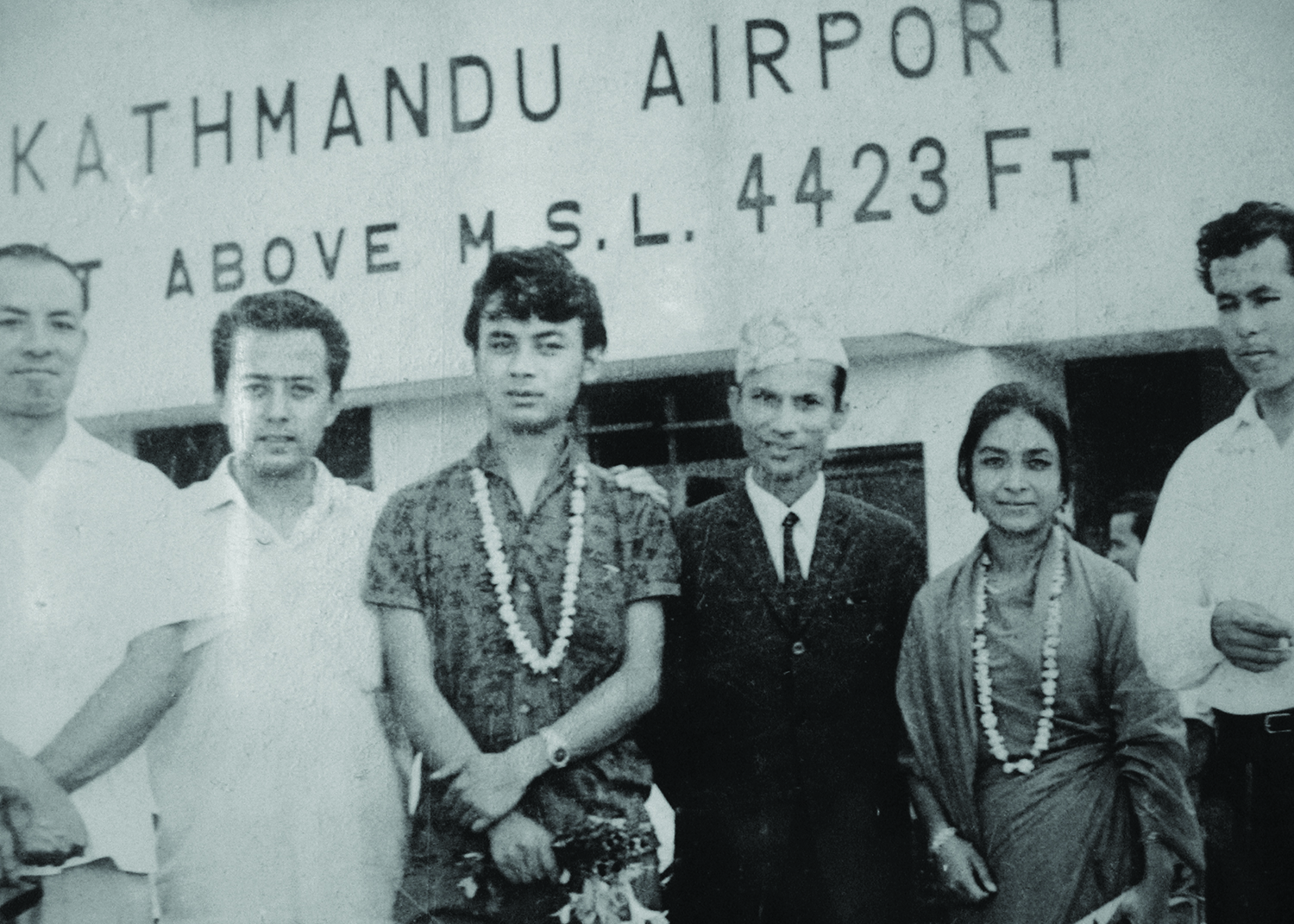
Gopal Yonjan and Narayan Gopal hit it off right away, complementing and inspiring each other with their shared love for meaningful music. They came to be known as the ‘Gopal Duet’, and Yonjan wrote in Nepali in his diary on 21 April 1963 about their first meeting: ‘I was immediately struck by his talent and presence. There was something in both his artistry and demeanour that drew me in. It didn’t take long for us to draw close.’
Towards the end of his life, Gopal Yonjan drifted away from themes of patriotism and unity to celebrate music in its purest form in his Gopalaya Studio in Kathmandu. It became art for art’s sake.

The words of his song मेरो गीत मेरै प्रतिविम्ब होइन immortalised by Narayan Gopal has lines that give goosebumps to anyone who listens to them: मेरो गित भन्ने अधिकार छैन, गित को पो म हूँ मेरो गित होइन (I have no right to call this my song. This song does not belong to me. I belong to this song.)
In Nepal, Gopal Yonjan also found a more complicated story. There were grand historical narratives of nationalism, bravery and glory, but there was an undercurrent of fear and control. Renchin writes in the chapter, Tell Me Where My Country Lies: ‘[Gopal saw] national pride slowly erode in the face of social exclusion, political silence, and economic disenfranchisement.’
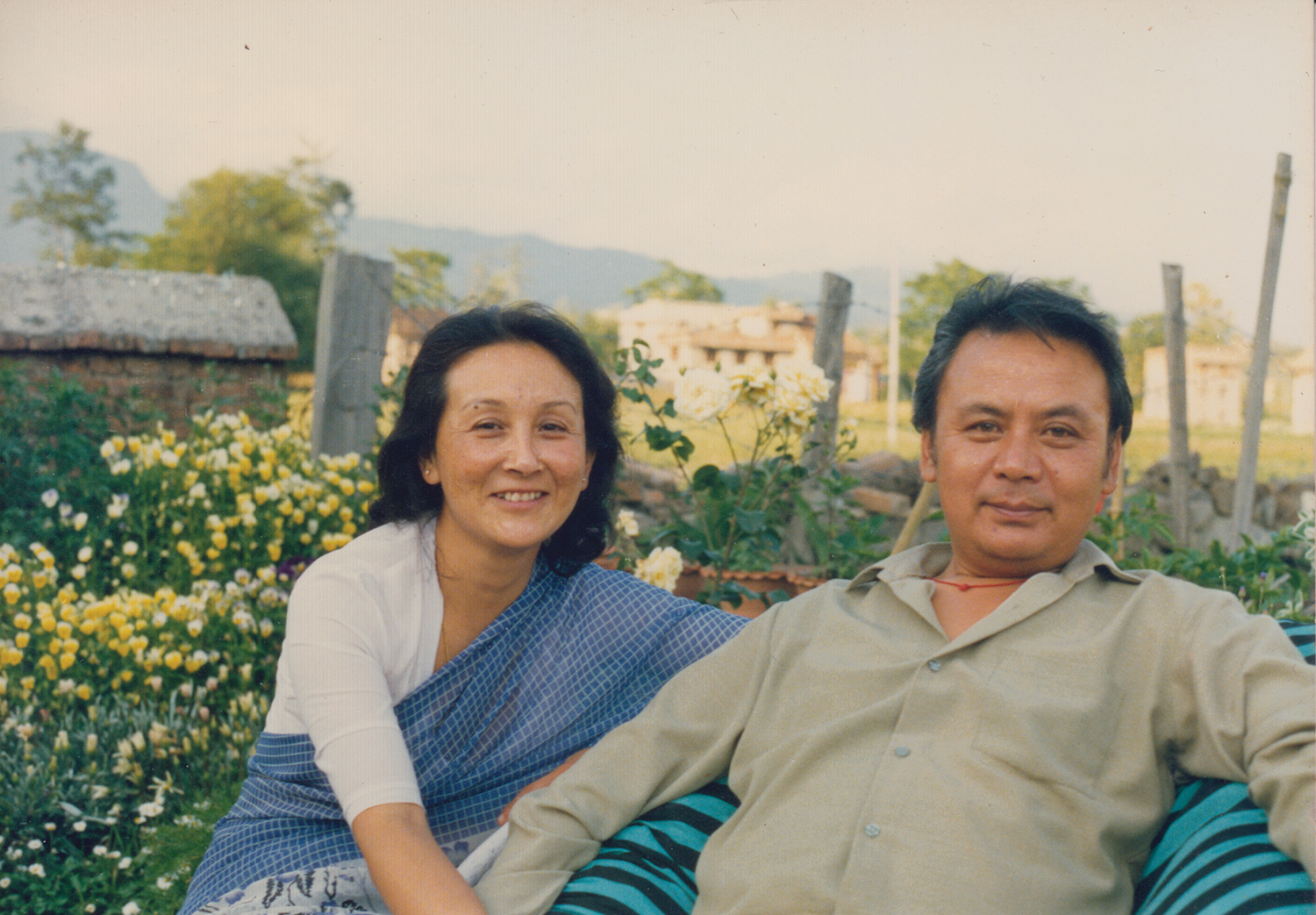
Gopal Yonjan’s song भनिदे नेपाली दाइ मेरो देश कहाँ पर्यो is ‘as much an elegy as a manifesto’ with searing lines like ‘Where is the river that ran red with Nepali blood? Where is the battlefield where our defenders wiped their khukri?’ Gopal Yonjan sings this song himself, reminding Nepalis of the sacrifices made to forge this nation, and for us not to squander them.
In his song लाहुरे, Yonjan celebrates Nepal’s illustrious history written in blood both to keep the nation free and then spilling it to defend other countries. Today, the same song takes on added meaning of Nepali lahure shedding not blood but sweat and tears as they toil abroad to send money to families back home. It evokes the pain of separation, and an anger at an uncaring state that drives them to leave.
Gopal Yonjan died aged 53 in 1997 in a New Delhi hospital, leaving a legacy that still defines the Nepali nation in ageless musical compositions. The US-based Gopayala and the Gopal Yonjan Foundation have worked to remaster some of the tapes and recordings that are in safekeeping at Cornell University’s Carl A Koch Library.
Renchin Yonjan has collected some of that valuable documentation in her book, Gopal Yonjan: The Man & His Music. Her concluding paragraph sounds prescient because of what Nepal has just been through: ‘Gopal’s patriotic compositions remain timeless not because they repeat old slogans, but because they ask new questions, and demand that we answer not with our voices, but with our lives.’
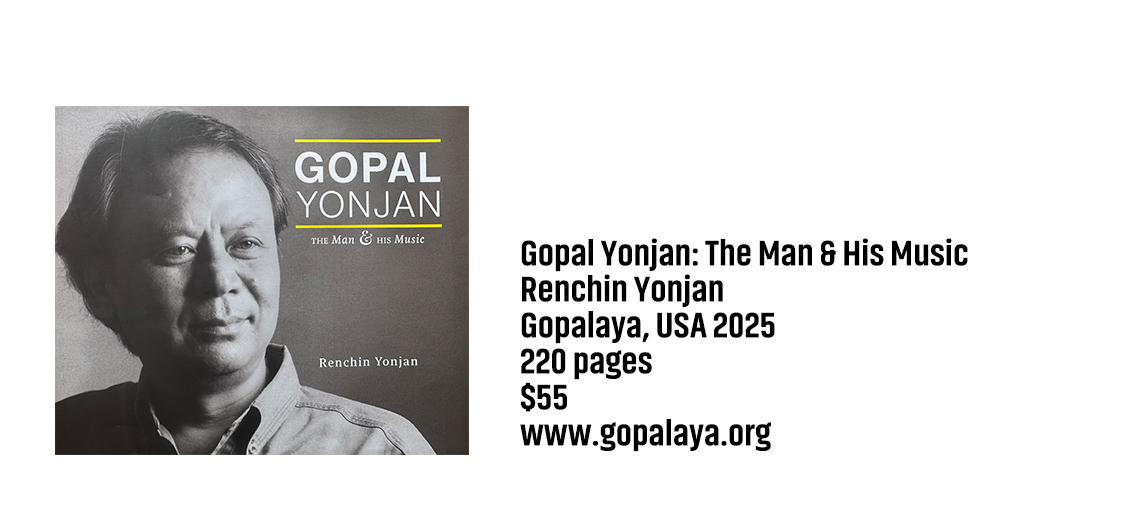
writer
Kunda Dixit is the former editor and publisher of Nepali Times. He is the author of 'Dateline Earth: Journalism As If the Planet Mattered' and 'A People War' trilogy of the Nepal conflict. He has a Masters in Journalism from Columbia University and is Visiting Faculty at New York University (Abu Dhabi Campus).




